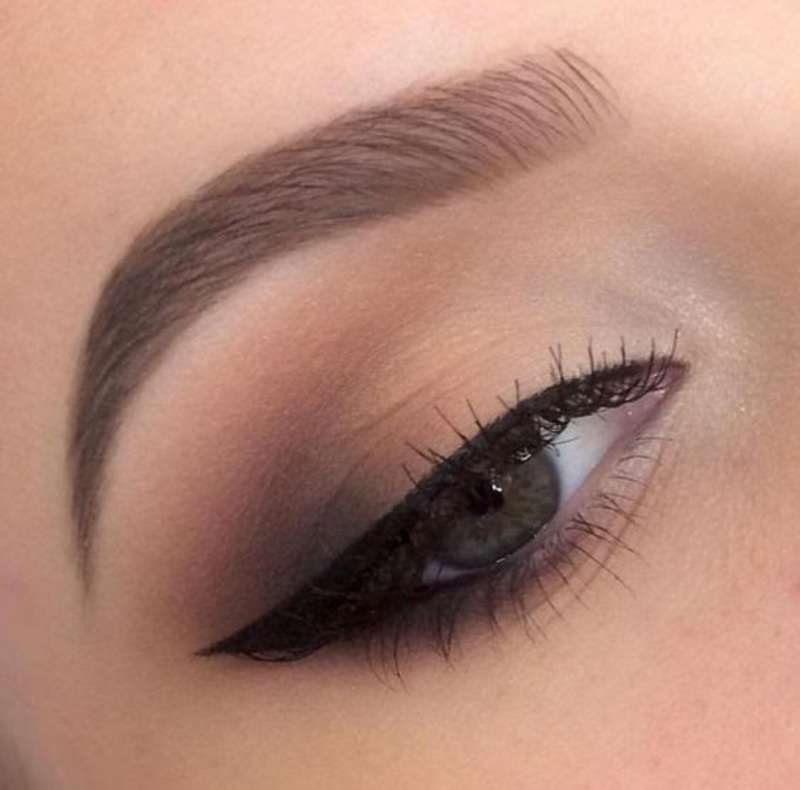Eyebrow tattoo touch up

Often newbies have the following question: “What is the need for touch up?” Now think about how many procedures will be required to achieve a flawless result? A professional master with sufficient experience will unequivocally say that this requires at least two sessions, and in some cases more. We will not be cunning, of course, you can perform all the manipulations in one visit to the studio. But, having learned the truth, you yourself will be against this.
Do no harm – this is the main condition
a real master!
Everyone’s body is different, so the response is unpredictable. Not a single master can assume with 100% probability how the skin will react after the manipulations, but must minimise undesirable consequences. Therefore, it is not known whether the skin will turn red after the procedure, how long it will take to recover after the eyebrow tattoo procedure, whether the pigment will take root and how deep it should be applied. After a certain time has elapsed after the first session, it will be possible to evaluate the resulting result and find out what other interventions are needed to obtain a natural tattoo.
The degree of survival of the pigment.
The pigment can take root in everyone in different ways, and it depends on immunity, lifestyle, general condition and other characteristics of the body. It is also worth following the rules for caring for damaged skin during the recovery period.
The survival rate:
• The first degree is found in only 20% of clients. The injected pigment remains completely in the skin, so there is no need to repeat the procedure for correction.
• The second degree is observed in 20% of the total flow. It is classified as a partial loss of pigment, but so slight that the correction is prescribed at the request of the client. The difference lies in the intensity of the colour.
• The third degree is observed in more than 50% of clients. After complete healing, gaps in the drawing become noticeable, or saturation disappears, and the eyebrows turn pale. This is due to the significant loss of pigment. In this case, you cannot do without correction.
• The fourth degree is the most tragic, since the pigment does not take root at all, but occurs in only 5% of clients from the total flow. Why is this happening, is described in detail in the article —The pigment is not fixed in the skin ?.
Note!
When the pigment is reintroduced, it lies on top of the healed layer. This allows for more volumetric shading, so the hairs look like real hair.
Optimal pigment injection depth.
Acceptable values can vary from 0.4 mm to 1 mm, it all depends on the characteristics of the organism. Someone was very lucky by nature and the pigment stays even in the most superficial layers, but for some people, when injected to the maximum permissible depth, the colouring matter still leaves completely.
Without knowing the peculiarities of the response, it is easy to make a mistake and inject the dye deeper than required. The result will be disastrous, the shade after healing will give off blue or become grey. To eliminate the resulting defect, you will have to resort to laser removal, so the master conditionally introduces the pigment to the minimum depth. After all, it is better to go for a second procedure than to correct the error and do it all over again.
Colour stacking speed.
To inject the pigment during cosmetic tattoo procedure and fix it, you need to go over the same stroke several times, but there are certain factors that affect the styling speed. These include oily skin and poor blood clotting, due to which the dye simply does not have time to fix.
Despite this, it is strictly forbidden to walk along the same line many times. If you ignore this condition, then the client is guaranteed a strong redness in the eyebrow area, and swelling and inflammation may appear, which can be aggravated by complications during the recovery period. The way out of this situation is very simple, to appoint a repeated procedure (correction or touch up), where the resulting gaps in the drawing are eliminated.
What disadvantages can the touch up eliminate?
If we consider that the main condition for a professional master is not to harm, then it becomes clear why he is careful in everything. It is better to play it safe, and some shortcomings are easy to correct for correction, taking into account the characteristics of the body.
What can be fixed when visiting a specialist again:
• partial fixation of the pigment, that is, there are gaps in the drawing after complete healing;
• uneven colour distribution;
• the resulting shade was not as saturated as planned;
Correction allows to correct many defects in 95% of cases. The likelihood of a return visit after the second procedure is almost zero. And it is very rare when the pigment is completely gone, even after two procedures.
